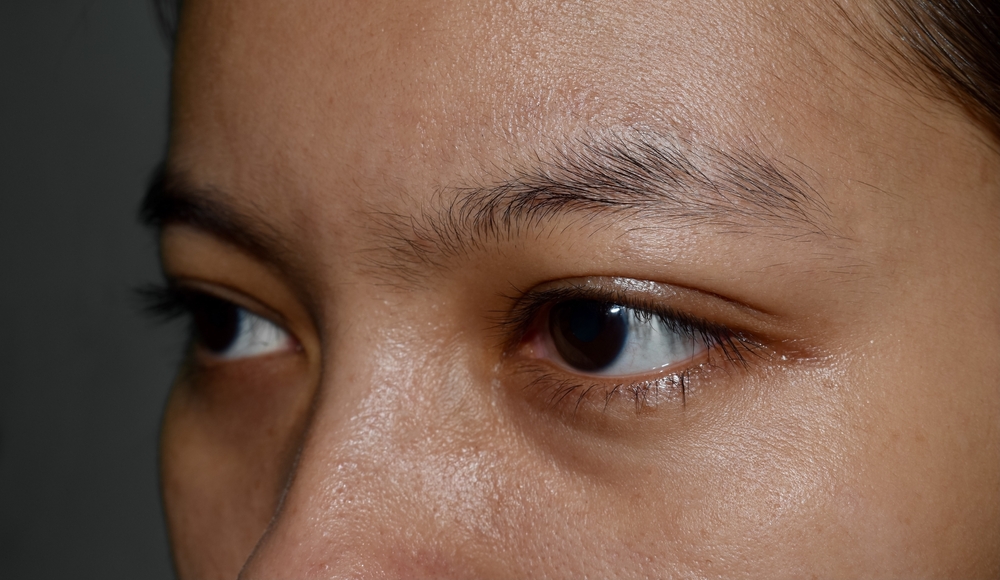The double eyelid, also known as the palpebral fold, is a distinct physical feature commonly found among certain populations. While it is prevalent in many Western countries, the double eyelid is particularly notable in Asia, where it is present in some individuals and absent in others.
This article delves into the genetic and cultural factors behind the origins of the double eyelid.
Genetic Factors: A Key Role in Eyelid Formation
It’s no secret that our genes play a significant role in determining our physical appearance. In the case of the double eyelid, multiple genes contribute to its formation. Recent studies have identified several genetic variations associated with the presence of a double eyelid, with the strongest association found on chromosome 13.
Research conducted on twins has also revealed a strong heritability component for the double eyelid. This means that the trait is highly influenced by genetic factors, and individuals with a family history of having this feature are more likely to possess this feature themselves.
Cultural Perceptions: The Influence of Beauty Standards
While genetics plays a crucial role in the formation of double eyelids, cultural factors cannot be ignored. This unique characteristic has long been associated with beauty in certain Asian cultures. Subsequently, it has led to a heightened focus on this feature.
The popularity of this beauty standard has given rise to a thriving cosmetic surgery industry in countries like South Korea and China. People in these countries commonly undertake double eyelid surgery, or blepharoplasty, often driven by cultural beauty standards favouring a more “Western” or “Eurasian” appearance.
The Role of Ethnicity: A Diverse Tapestry
The presence or absence of a double eyelid is not uniform across all Asian populations. For instance, the majority of individuals from East Asia, such as China, Korea, and Japan, possess a single eyelid. However, a considerable proportion of Southeast Asians, like Filipinos and Thais, have double eyelids. This diversity shows that complex genetic and evolutionary factors influence the formation of the double eyelid. It may vary across ethnicities and geographic regions.
Evolutionary Theories: Adapting to the Environment
Some researchers have proposed evolutionary theories to explain the presence or absence of double eyelids in different populations. One theory suggests that single eyelids may have evolved as a protective mechanism against the harsh climates and windy environments of Central and East Asia. The single eyelid could potentially shield the eyes from dust, wind, and cold temperatures. Consequently, it offers a survival advantage in these regions.
Conclusion: A Complex Interplay of Factors
A complex interplay of genetic, cultural, and evolutionary factors traces back to the origins of the double eyelid. Genetic variations does play a crucial role in the formation of this feature. However, cultural beauty standards and ethnic diversity also contribute to its prominence in certain populations. Therefore, by exploring these factors, we can gain a deeper understanding of the fascinating world of human biology and the diverse tapestry of our physical appearances.














